Bear Requirements

Bear Requirements:
- Complete each of the six required Adventures with your den or family:
- Bobcat (Bear)
- Bear Habitat
- Bear Strong
- Fellowship
- Standing Tall
- Paws for Action
- In addition to the six required adventures listed previously, complete at least two elective Adventures of your den’s or family’s choosing.
- A Bear Goes Fishing
- Balancing Bears
- Baloo the Builder
- Bears Afloat
- Bears on Bikes
- Champions for Nature
- Chef Tech
- Critter Care
- Forensics
- Let’s Camp
- Marble Madness
- Race Time
- Roaring Laughter
- Salmon Run
- Summertime Fun
- Super Science
- Whittling
Additional Adventures that can be earned at District and Council events.
- Slingshot
- Archery
- BBs
Required Adventures
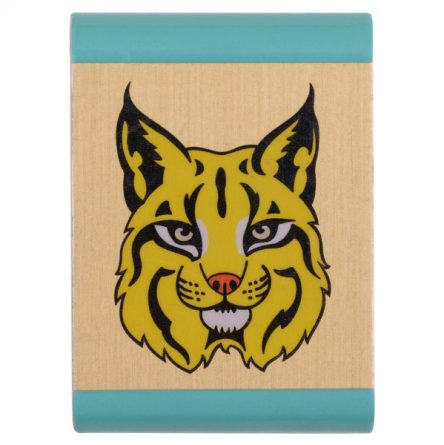
- 1. Get to know the members of your Den.
- 2. Recite the Scout Oath and Scout Law with your Den and Den Leader.
- 3. Learn about the Scout Oath. Identify the three points of the Scout Oath.
- 4. With your Den, create a Den code of conduct.
- 5. Learn about the Denner position and responsibilities.
The Denner position is a leader among the Scouts that acts as an assistant to the Den Leader. This position starts to teach the Scouts leadership, which will be an increasing part of their Scouting journey. While the Denner assists with leadership, they are never to be “in charge” of other Cubs. Things they will do include.
- Arriving early to help ready the meeting space.
- Great the rest of the Den as tehy arrive.
- Help with the opening ceremony (Pledge of Allegiance, Scout Oath, and Scout Law).
- Pick out a game or activity for the opening of the meeting.
- Help pass out materials for the Den Leader that are needed throughout the meeting.
- Stay after the meeting and make sure the meeting space is cleaned up.
- 6. Demonstrate the Cub Scout sign, Cub Scout salute, and Cub Scout handshake. Show how each is used.
- 7. Share with your Den or family a time when you demonstrated the Cub Scout motto, “Do Your Best.” Explain why it is important to do your best.
- 8. At home, with your parent or legal guardian, do the activities in the booklet “How to Protect Your Children From Child Abuse: A Parent’s Guide.”
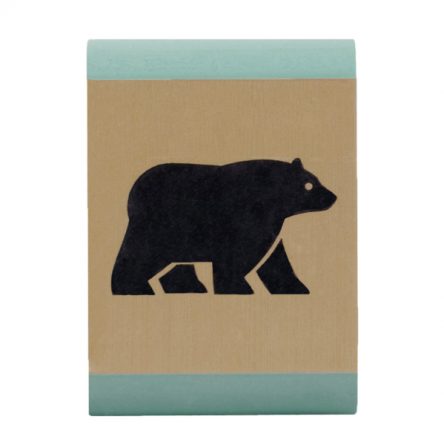
- 1. Prepare for a one-mile walk by gathering the Cub Scout Six Essentials and weather-appropriate clothing and shoes.





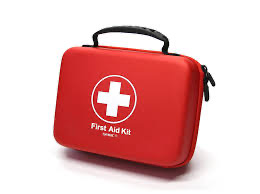
*Requirements 2-8 relate to the Leave No Trace principles. The following video shows the seven principles of Leave No Trace and some hand signals that make them easy to remember. You can either watch this video and learn the steps or play it for the Bears.
https://www.youtube.com/watch?v=HN77oZ9otMw&t=27s
- 2. “Know Before You Go” Identify the location of your walk on a map and confirm your one-mile route.
- 3. “Choose the Right Path” Learn about the path and surrounding area you’ll be walking on.
- 4. “Trash Your Trash” Make a plan for what you’ll do with your personal trash or trash you find along the trail.
- 5. “Leave What You Find” Take pictures along your walk or bring a sketchbook to draw five things that you want to remember on your walk.
- 6. “Be Careful With Fire” Determine the fire danger rating along your path.
- 7. “Respect Wildlife” From a safe distance, identify as you look up, down, and around you, six signs of any mammals, birds, insects, or reptiles.
- 8. “Be Kind to Other Visitors” Identify what you need to do as a Den to be kind to others on the path.
- 9. With your Den, Pack, or family, go on your one-mile walk while practicing your Leave No Trace Principles for Kids.
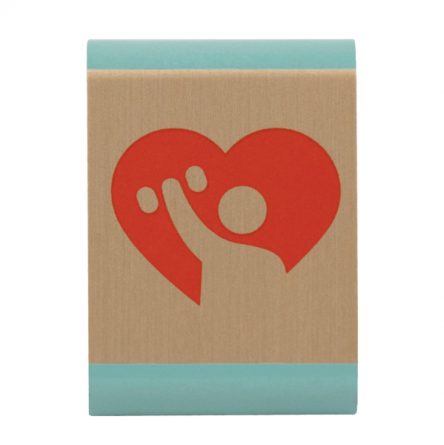
- 1. Sample food from three of the following food groups: protein, vegetables, fruits, dairy, and grains.
Have each of the Scouts bring in their favorite snack item from one of the categories and have a Den snack.
- 2. Be active for 30 minutes with your Den or at least one other person in a way that includes both stretching and moving.
- 3. Be active for 15 minutes by doing personal exercises that boost your heart rate, use your muscles, and work on flexibility.
Exercise doesn’t have to be hard and miserable. consider playing a physical game to satisfy the requirement!
- 4. Do a relaxing activity for 10 minutes.
- 5. Review your BSA Annual Health and Medical Record with your parent or legal guardian. Discuss your ability to participate in Den adn Pack activities.
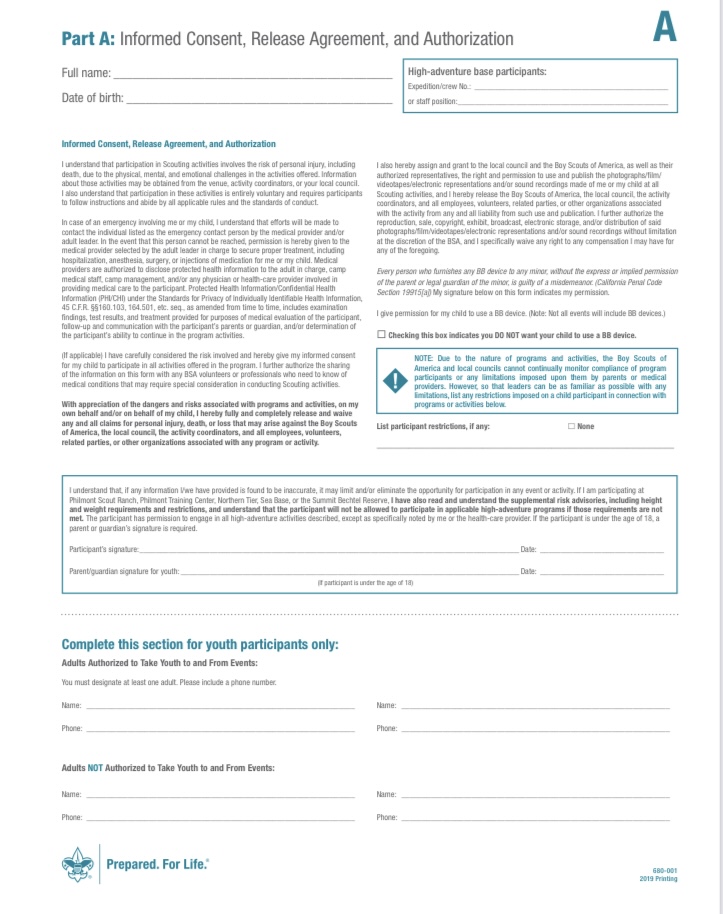

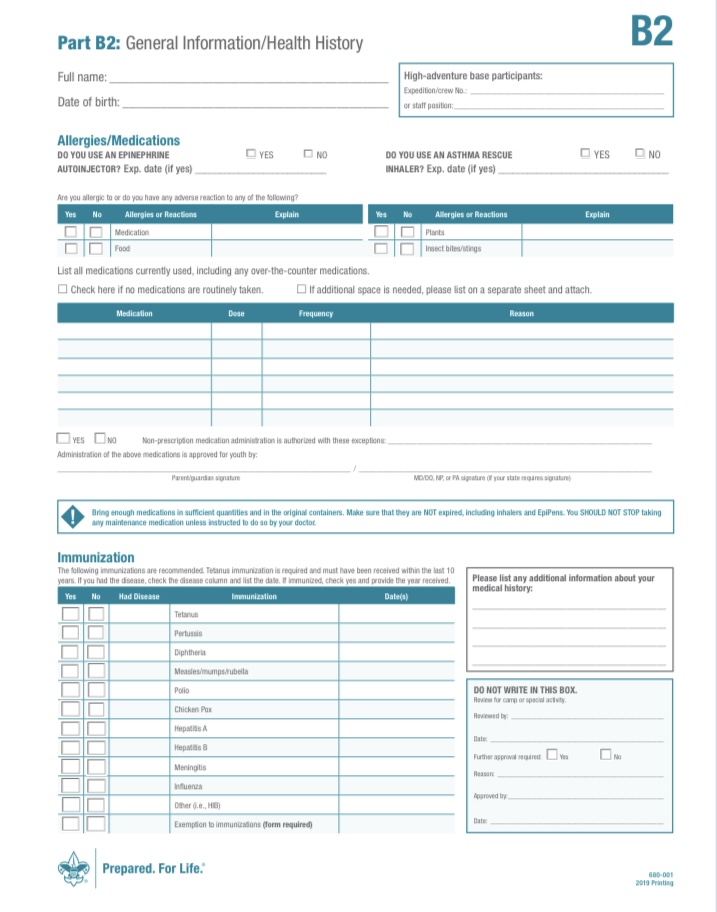

You may earn this Adventure by either completing the requirements below or earning the religious emblem of your choosing.
You can find information on all Religious Emblems here.
- 1. With your parent or legal guardian, talks about your family’s faith traditions. Identify three holidays or celebrations that are part of your family’s faith traditions. Make a craft, work of art, or food item that is part of your favorite family faith tradition holiday or celebration.
- 2. With your family, attend a religious service OR other gathering that shows how your family expresses reverence.
- 3. Carry out an act of kindness.
- 4. With your parent or legal guardian, identify a religion or faith that is different from your own. Determine two things that it has in common with your family’s beliefs.

If your Pack is chartered through a religious institution it may be likely that all the Scouts share that faith. This can make talking about these requirements much more simple. If you have a diverse group with different beliefs, this can be challenging. Some Dens opt to have the Scouts work on this at home with their family, and let the Den Leader know when it is complicated. Another option that can be interesting is to have the families just talk about the requirements at home, and have Scout’s return to share their information.
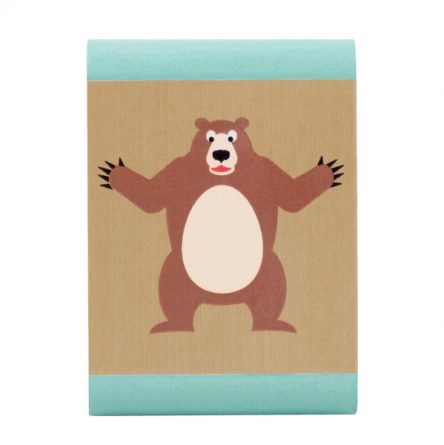
- 1. With permission from your parent or legal guardian, watch the “Protect Yourself Rules” video for the Bear rank.
- 2. Complete the Personal Space Bubble worksheet that is part of the Protect Yourself Rules resources.
- 3. With your parent or legal guardian, set up a family policy for digital devices.
- 4. Identify common personal safety gear for your head, eyes, mouth, nose, hands, and feet. List how each of the items protect you. Demonstrate the proper use of personal safety gear for an activity.

- 1. Familiarize yourself with the flag of the United States of America including the history, demonstrating how to raise and lower the flag, how to properly fold and display, and the United States flag etiquette
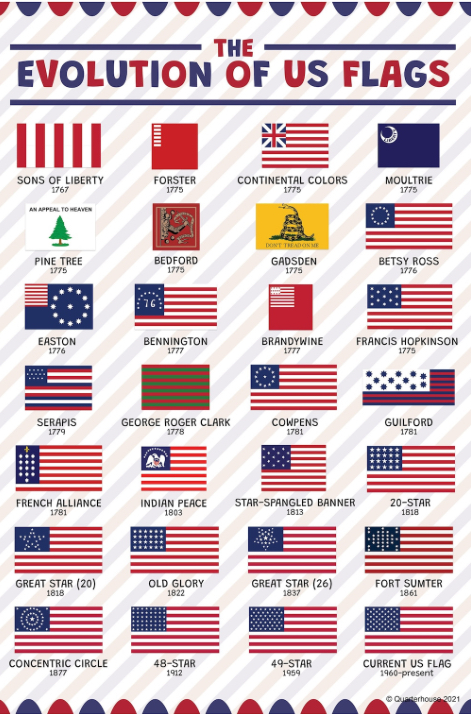

The following are the commands and descriptions for raising and lowering the American flag on a large outdoor flagpole.


The following are the commands and descriptions for raising and lowering the American flag for an indoor flag ceremony with the flag attached to a flag pole and being inserted into a base.
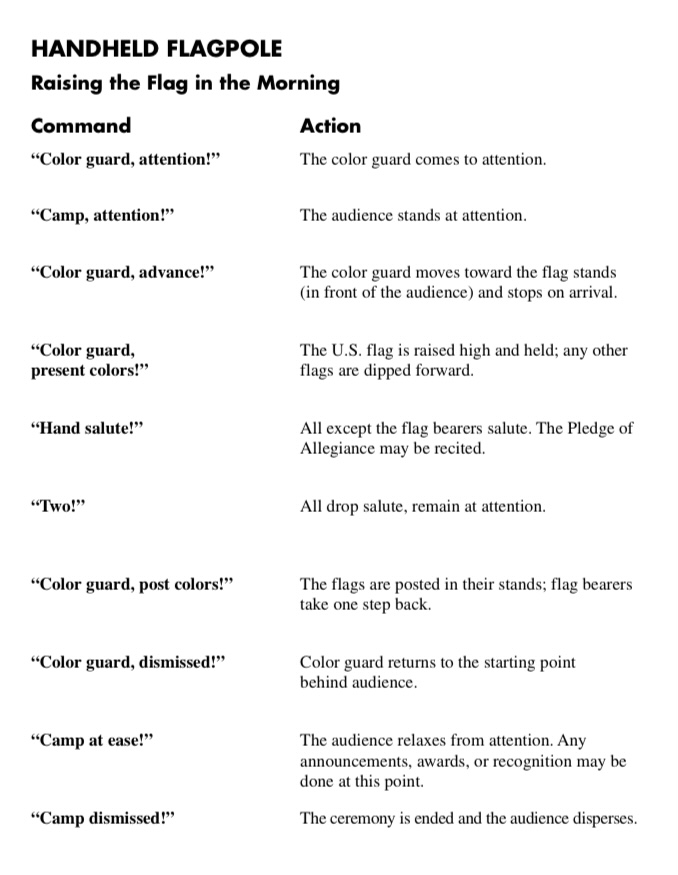
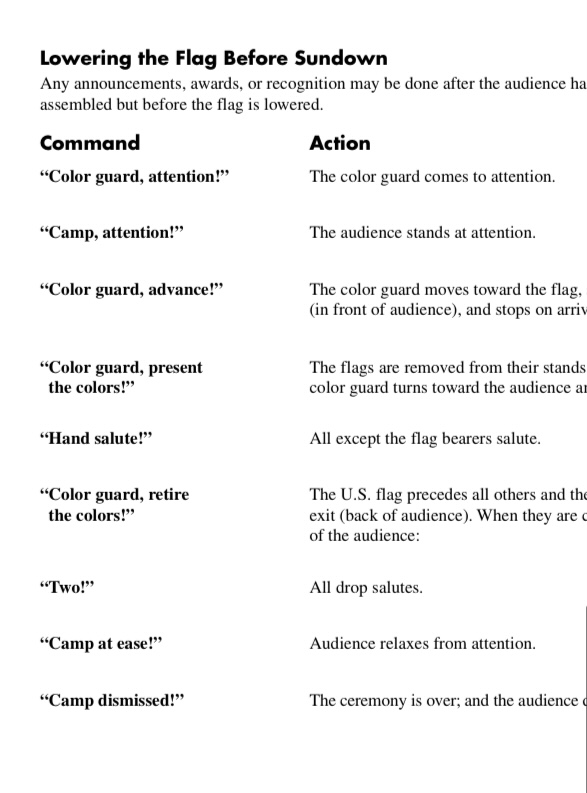

- 2. Identify three symbols that represent the United States. Pick your favorite and make a model, work of art, or other craft that depicts the symbol.
- 3. Learn about the mission of any nonprofit. Find out how they fund their activities and how volunteers are used to help.
- 4. Participate in a service project.
Consider a service project that helps the nonprofit organization that the Den learned about in requirement 3.
Elective Adventures
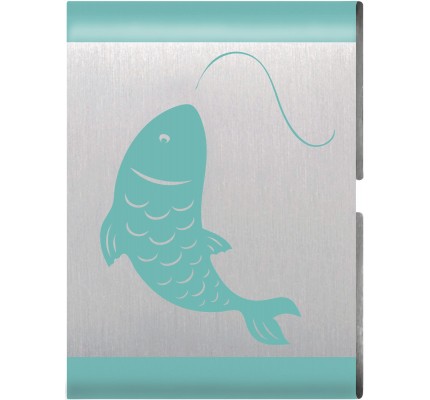
- 1. Learn about three types of fish in your area.
- 2. Learn about your local fishing regulations with your den leader or another adult.
- 3. List three of the regulations you learned about and one reason each regulation exists.
- 4. Become familiar with the safe use of the fishing equipment you use on your outing.
Below are examples of some common fishing gear that your Bears might use.
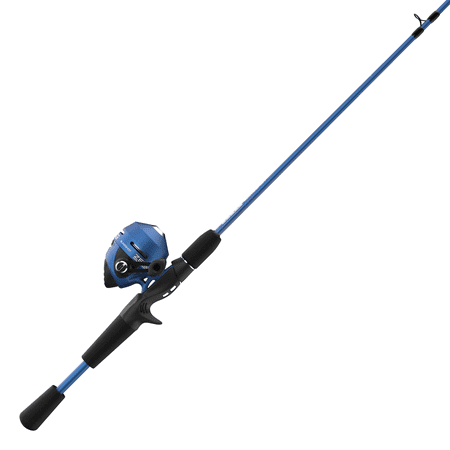


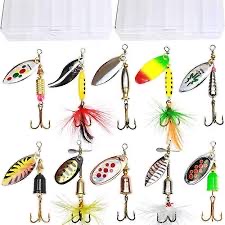
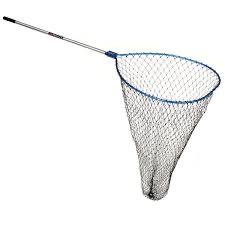
- 5. Learn the proper way to attach the hook, lure, or fly to the line.
Below are two knots that are excellent for tying a hook on a line. Fishing hooks and line are tiny and learning to tie them requires a lot of fine motor dexterity. Use a shovel with a rounded handle and a 1/4 or 1/2 inch diameter rope to practice tying knots on.

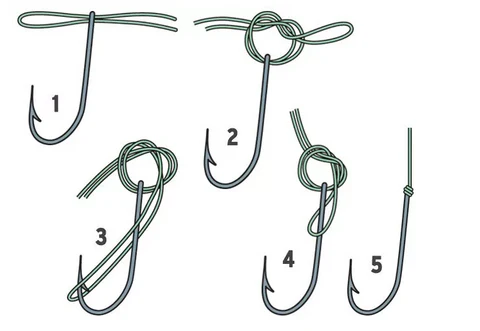
- 6. Go on a fishing adventure, and for 30 minutes or more, put into place the things you have learned about fish and fishing equipment.
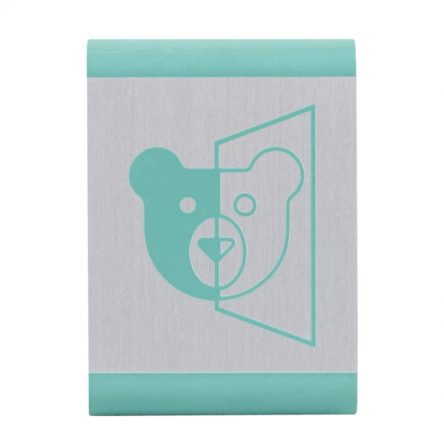
- 1. Make trail mix using trail mix math.
This will teach kids about proportions when making things. If you bring a large measuring cup (6 cups) you can add the ingredients and allow the Cubs to see the level and therefore the proportions. Below are a variety of trail mix combos to try.

Salty & Sweet: 2/6 Rice Chex, 1/6 Butterscotch Chips, 1/6 Salted Peanuts, 1/ Salted Cashews, 1/6 Chopped Dehydrated Peaches or Apricots.
GORP: 3/6 Salted Peanuts, 2/6 Raisins, 1/6 M&Ms.
Rocky Road: 2/6 walnuts, 2/6 Graham Cracker Bits, 1/6 Chocolate Chips, 1/6 Mini Cereal Style Marshmallows.
Raspberry Chocolate: 2/6 Pistachios, 2/6 Dried Raspberries, 1/6 Almond Pieces, 1/6 Chocolate Chips,
Chocolate Cherry: 2/6 Hazelnuts, 2/6 Dried Cherries, 2/6 Dark Chocolate Chips.
Tropical: 1/6 Macadamia Nuts, 1/6 Dried Banana Chips, 1/6 Shredded Coconut, 1/6 Dried Mango, 1/6 Dried Pineapple, 1/6 White Chocolate Chips.
- 2. Identify an animal that has a pattern to its physical appearance. Investigate how the animal uses its pattern.

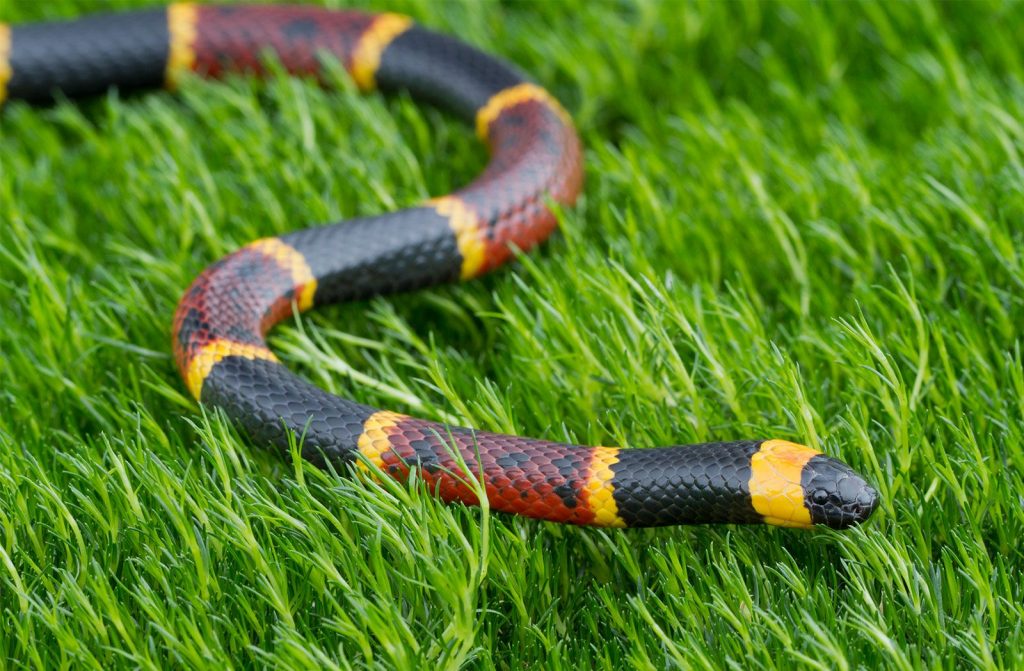
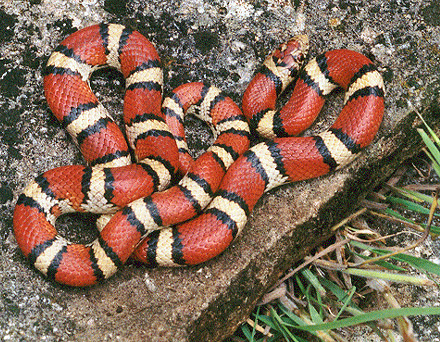
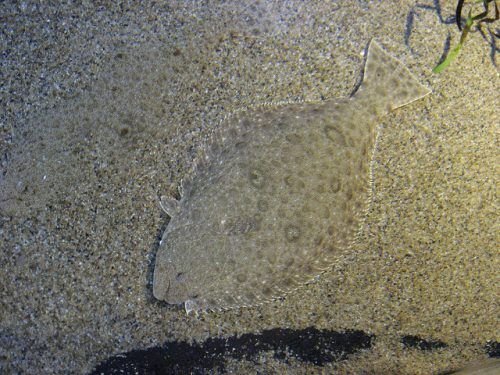
- 3. Find examples of bilateral symmetry in nature.
Bilateral symmetry is when you can draw a line down the center of an object and it has equal parts on both sides. Below are some examples.



- 4. Find examples of radial symmetry in nature.
Radial symmetry means that the object can be turned around the center point and at some point it will look that same.




If you want to show both types of symmetry to your Den easily, an apple is a great way to do that. If you cut it in half from top to bottom you will see bilateral symmetry. If you cut the apple in half from left to right or right to left, you will see an example of radial symmetry.
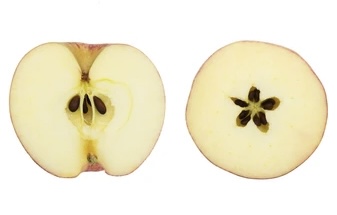
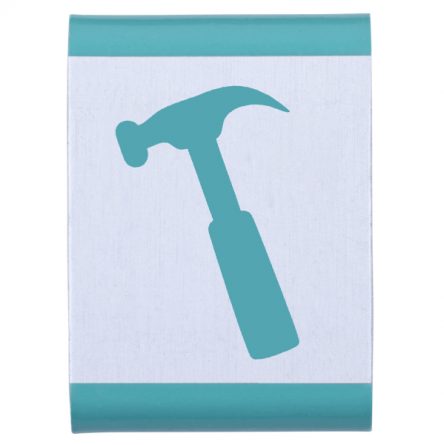
- 1. Learn about some basic tools and the proper use of each tool. Learn about and understand the need for safety when you work with tools.
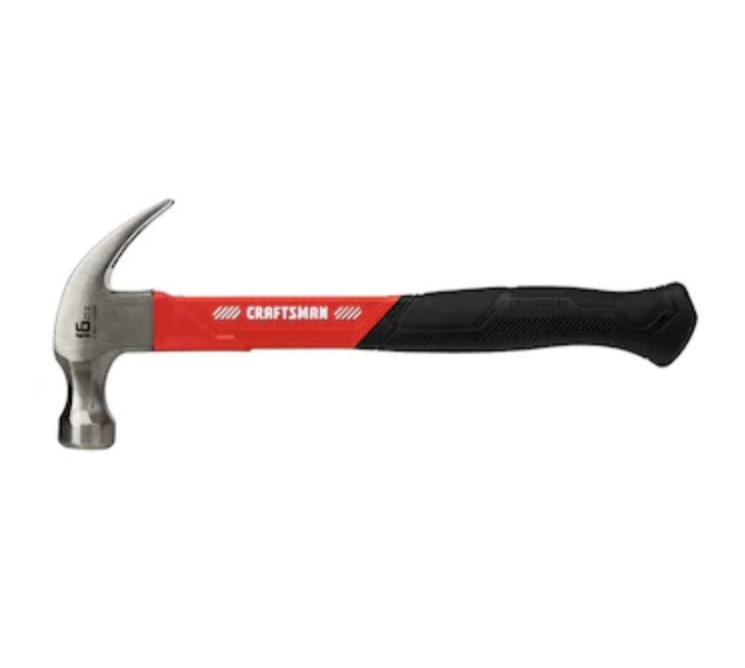
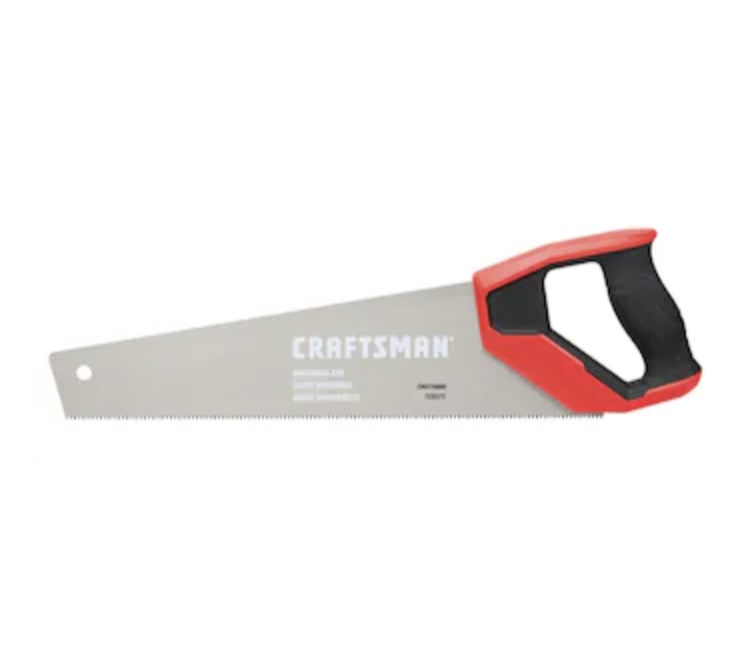


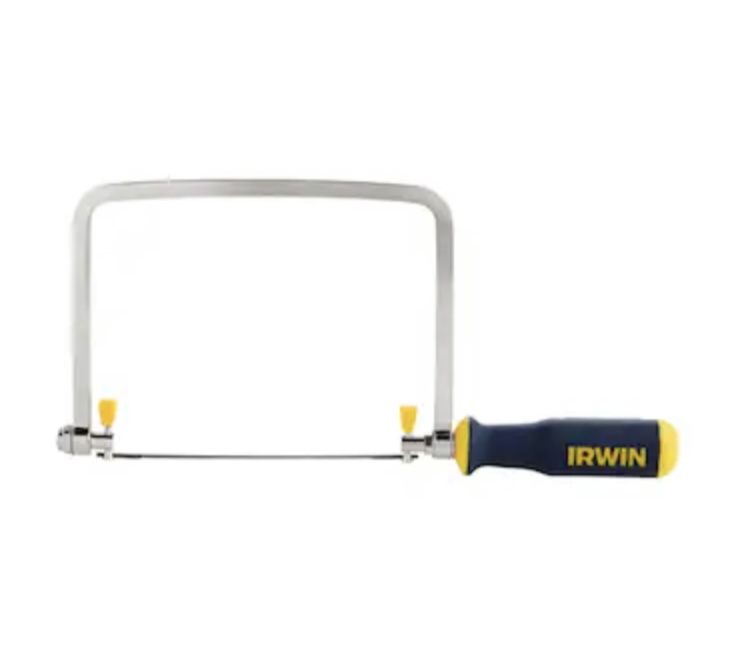
- 2. Practice using four of the tools you learned about in requirement 1.
- 3. Choose a project to build.
- 4. Determine the tools and materials needed to build your project in requirement 3.
- 5. Build your project.
Below are some classic Cub Scout wood projects. Click on the picture to be taken to a website with instructions for each project.



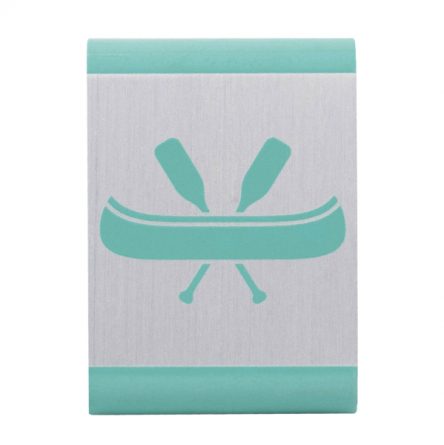
- 1. Before attempting requirements 6 and 7 for this Adventure, you must pass the BSA Swimmer test.
- 2. Pick a paddle craft you’ll use to complete all requirements: canoe, kayak, or stand-up paddleboard.
- 3. With your Den or an adult, discuss the role of qualified adult supervision at a paddle-craft activity.
- 4. Explain the safety rules to follow when safely using a paddlecraft.
- Personal Health Review: Complete your BSA Annual Health and Medical Record. Are there any restrictions.
- Swimming Ability: Complete an annual swim test, for Paddle Craft activities you should be a “Swimmer”.
- Life Jackets: Everyone participating must be wearing a proper fitting life jacket appropriate for the given activity.
- Buddy System: Make sure every participant has a buddy.
- Skill Proficiency: Every participant need to have the appropriate skills and knowledge for the activity.
- Planning: Check the weather before the activity and any other information about conditions or warnings.
- Equipment: All materials need to be in reasonable condition and good for use. Any paddle craft should have the ability to float if it becomes capsized.
- Discipline: Explain the rules of safety for the event. Make sure that they are understood and followed.
- 5. Discover how to tell if a life jacket is the correct size and approved for your paddle-craft activity. Demonstrate how to wear it.
- 6. Explore how your paddle craft responds as you move your paddle through the water from different places.
- 7. Have 30 minutes, or more, of canoe, kayak, or stand-up paddleboard paddle time.
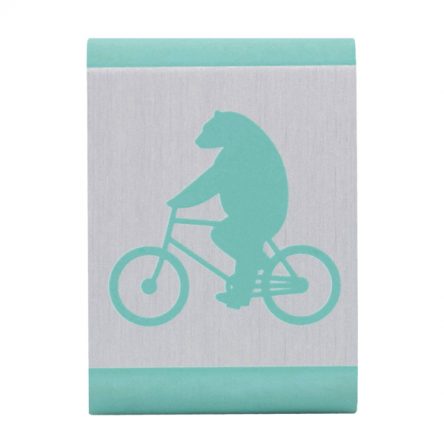
- 1. Show how to properly wear a bicycle helmet. Show you can take it off and put it on without help.
- 2. Describe what you should wear when riding a bike.
-

Note the knee pads, elbow pads, and helmet.
- 3. Demonstrate proper hand signals.
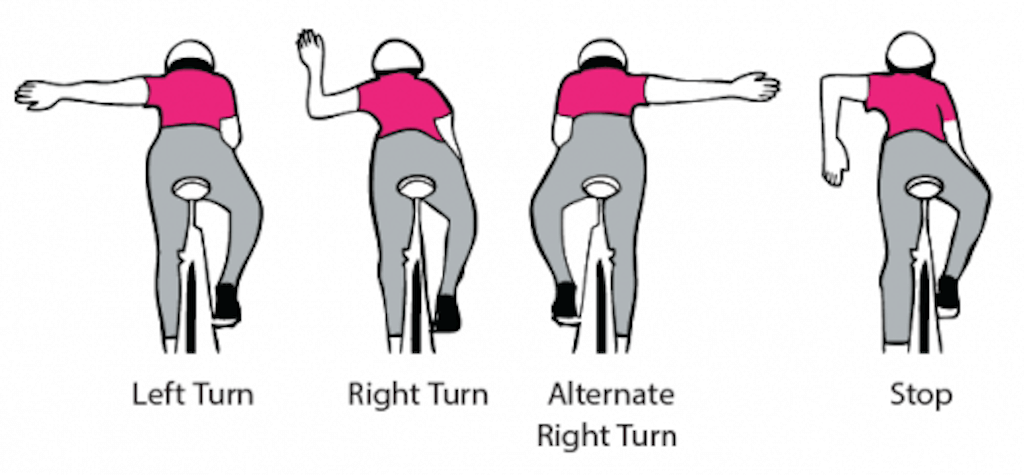
- 4. Demonstrate how to adjust saddle height.
- 5. Demonstrate how to operate brakes.
- 6. Learn how to use a pump to inflate your tires. Discuss why riding with low-pressure or flat tires is unsafe and can cause damage to your bike.
- 7. With your Den, Pack, or family, follow the buddy system, and go on a 30-minute bike ride.
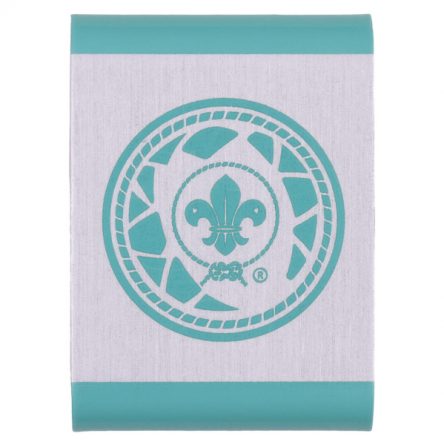
- 1. Discover natural resources.
- 2. Discover what happens to the wastewater in your community.
- 3. Investigate soil.
Ask what it looks like, consider using a magnifying glass, what does it feel like, and smell like. Perhaps have soil samples from different locations and that the Scouts compare and contrast them.
- 4. Investigate air pollution.
Spread petroleum jelly on paper plates and have Scouts hang them at different locations. After a week or so have the Scouts bring them to a meeting and investigate what has collected on the plates.
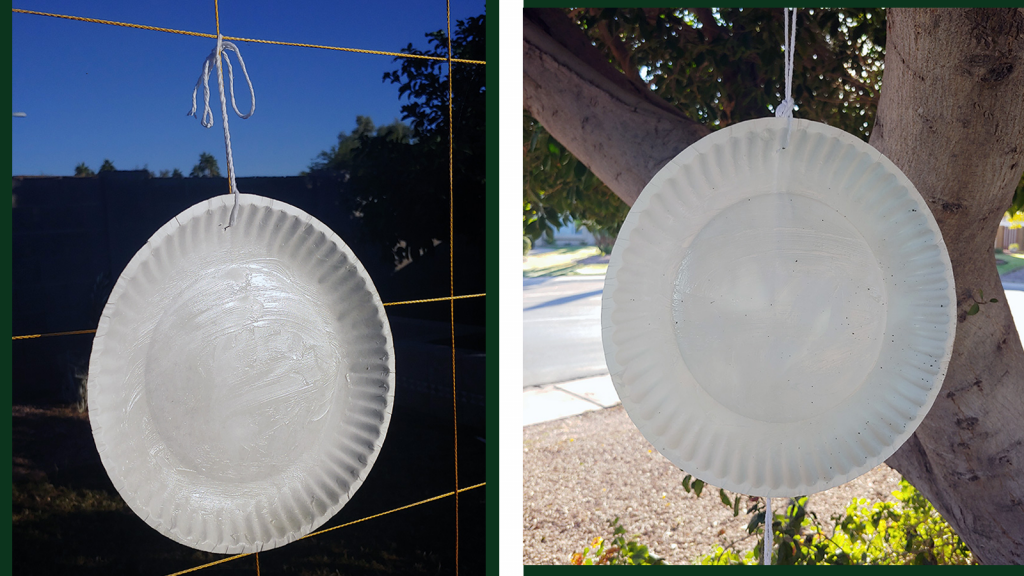
- 5. Participate in a conservation project.
Simple conservation projects like planting trees are always good. However, you could build things like bird feeders, bird houses, bat boxes, etc. and tie that into the Baloo the Builder Adventure.
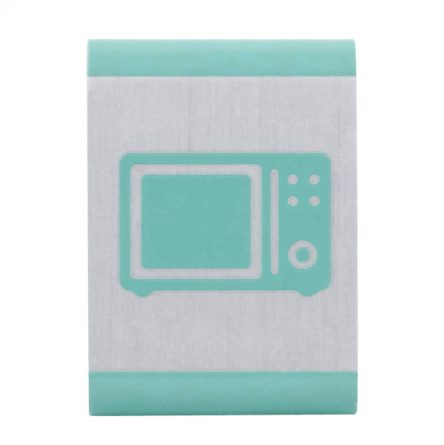
- 1. Pick a kitchen appliance that uses technology to complete the following requirements.
- 2. With an adult, review the safety guidelines in the owner’s manual and follow all safety guidelines.
Don’t have a bunch of owner’s manuals? No problem, go to Manualslib.com This website has thousands of manuals digitally, just type in your appliance, EX. “Black and Decker Toaster” and they have a copy that you can look at for free.
- 3. With adult supervision, download a cooking app or search online to find a recipe.
- 4. With adult supervision, follow the selected recipe and make the recipe.
- Think of a way technology can improve the appliance used to make your recipe.

- 1. Identify an animal that would be a good pet for your family.
Consider the time you have for a pet, the space that you have, and how much noise a pet can make when selecting a pet. Some animals require lots of outside exercise which means lots of space, where a small critter might be better for living in an apartment. There are so many great pet options you can find something fun no matter your lifestyle!
- 2. Choose two animals that are allowed as pets in your community. Compare and contrast why these pets may be a good choice for you.
- 3. Based on your choice in requirement 1, investigate how to properly care for your chosen animal.
- 4. Discover three ways a pet can help people.

- 1. Explore the term “forensics” and how it is used to help solve crimes.
- 2. Analyze your fingerprints.
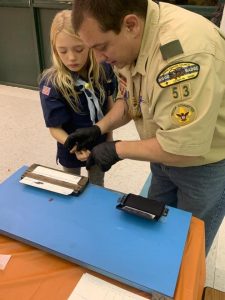

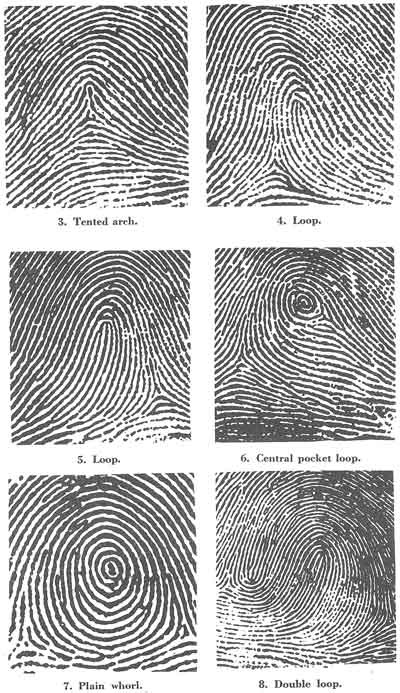
- 3. Make a shoe imprint.
- 4. Do an analysis of four different substances: salt, sugar, baking soda, and cornstarch.
Inspect them with a magnifying glass, how do the feel, how do they smell, do they react with water or vinegar? *STRESS TO THE CUBS THAT IT IS IMPORTANT TO NOT TASTE ANY SUBSTANCE, UNLESS THEY KNOW FOR SURE THAT IT IS EDIBLE.
- 5. Learn about chromatography and how it is used in solving crimes.
https://www.youtube.com/watch?v=9792alsZJNc
- 6. Find out how officers collect evidence.
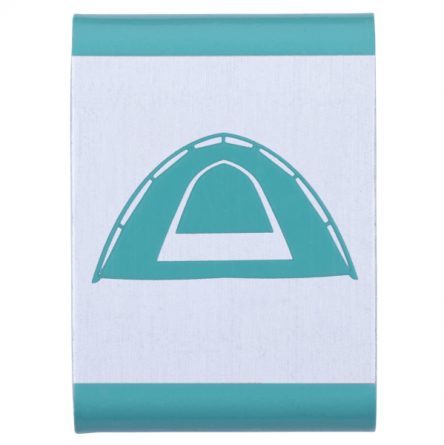
- 1. Review the buddy system and how it works in the outdoors.
- 2. Pack your Cub Scout Six Essentials for the campout.
- 3. In addition to you Cub Scout Six Essentials, show the personal items you need for your campout.
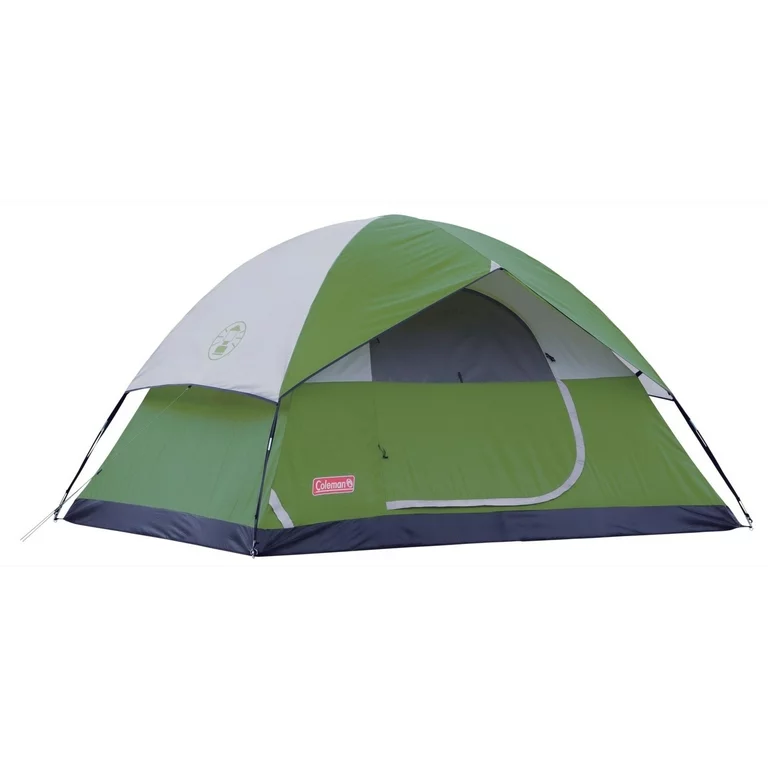
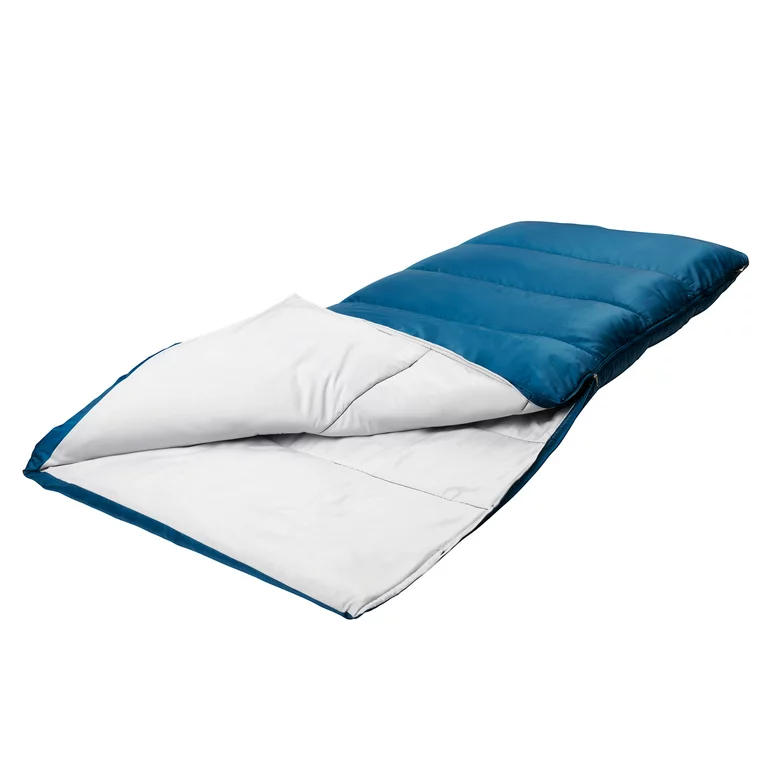

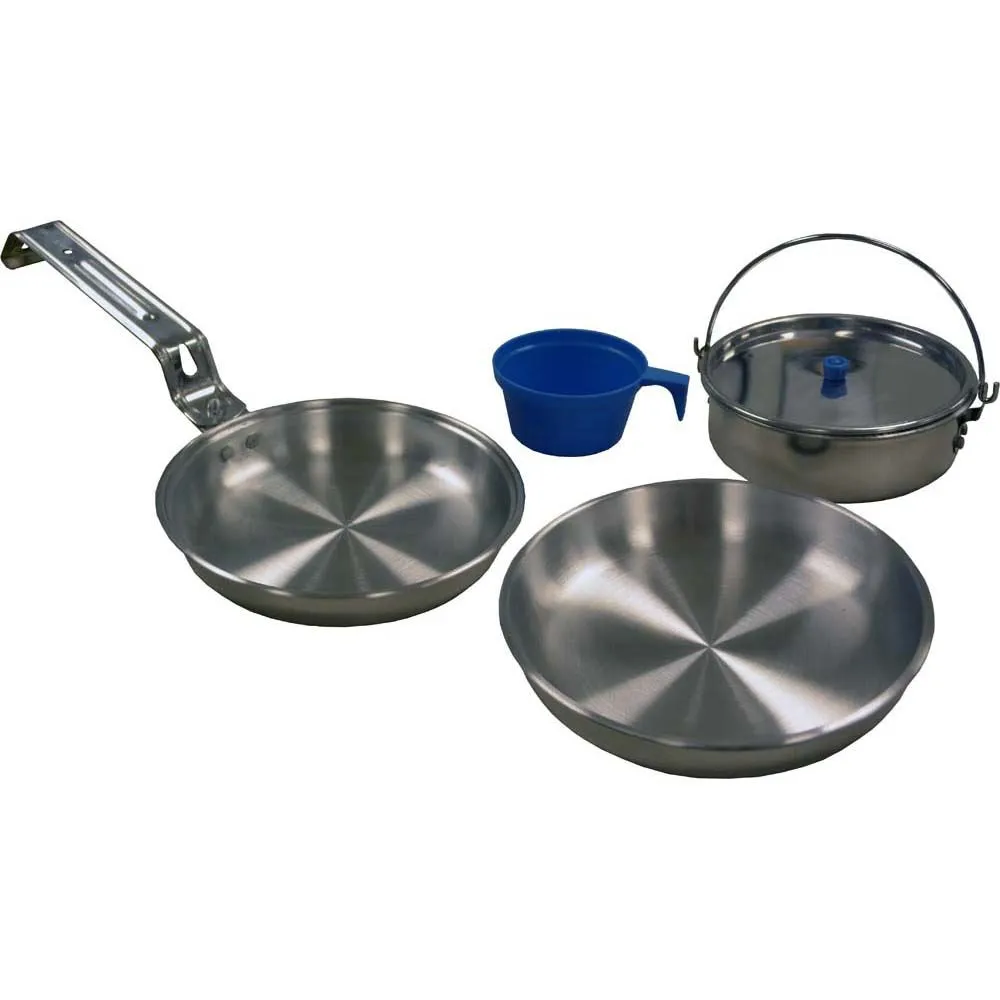
- 4. Help set up a tent. Determine a good spot for the tent. Explain why you picked the spot.
A good spot is flat and not low lying where water will pool. Also, avoid large dead tree limbs above the tent that could fall overnight.
- Attend a Council or District Cub Scout overnight camp or attend an overnight campout with your Pack.

- 1. Make a marble bag.
- 2. Learn five words that are used when talking about marbles.
Lagging: A way of choosing who plays first. Players draw a line in the dirt and roll their marbles toward it. Whoever rolls their marble closest to the line gets to play first.
Knuckle down: A shooting style where at least one one knuckle (usually the index finger) of your shooting hand comes in contact with the ground.
Shooter: These are the large marbles used to shoot and knock smaller marbles out of the circle.
Peewee: These are smaller marbles, usually about 1/2-inch in diameter or less. They are believed to be named after Brooklyn Dodger Pee Wee Reese.
Ducks: The marbles that are being shot at. Think about a “can’t miss” shot as a Sitting Duck.
Playing for fair: Any marbles go back to their original owner after the game.
Fudging: Fudging is commonly used in marbles to mean cheating.
Playing for keeps: Whoever knocks the marbles out of the ring gets to keep them. This is also called Keepsies.
Quitsies or no quitsies: Quitsies allows a player to quit the same at any time without any problem. No quitsies means that if someone quits part way through the game they have a penalty applied to them. It should be determined before a game starts if it is quitsies or no quitsies.
- 3. Play three different marble games.
https://www.youtube.com/watch?v=AjpBkGMsmRc
- 4. Build a marble racetrack with at least two lanes.
This can be a great time to use pool noodles!
- Build a marble maze.


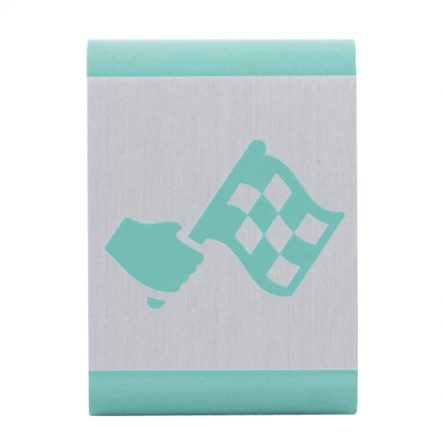
- 1. With an adult, build either a Pinewood Derby car or a Raingutter Regatta boat.
- 2. Learn the rules of the race for the vehicle chosen in requirement 1.
- 3. Identify how you could increase the speed of your chosen vehicle.
- 4. Before the race, discuss with your Den how you will demonstrate good sportsmanship during the race.
- 5. Participate in a Pinewood Derby of a Raingutter Regatta.

- 1. Think about what makes you laugh. Discuss these with your Den or family.
- 2. Practice reading tongue twisters.


- 3. Play charades with you Den or family.
- 4. Have a “funniest joke contest” with your Den or family.
- 5. Practice “run-ons” with your den or family.
This is a requirement that could easily be earned at a Blue and Gold Banquet or a Pack Campout.

- 1. With your Den or an adult, identify the attributes of qualified adult supervision at a swimming activity.
- 2. Learn the three swimming ability groups for the Boy Scouts of America and the water depths appropriate for each.
The three swimming ability groups are Nonswimmer, Beginner, and Swimmer. You can find out the requirements for the Beginner and Swimmer tests here. Nonswimmers should only go into water that is chest deep, Beginners can go into water just over their head, and Swimmers can go into water that is up to 12 feet in depth.
- 3. Go swimming with your Den, Pack, or family for 30 minutes using the buddy system.
- 4. Demonstrate the use of the buddy system, buddy checks, and ability groups with your Den or an adult.
Your buddy needs to be in your ability group, although you may have a buddy with a different swimming ability but the pair will need to stay in the area of whichever is the lower swimming ability group. Buddy Checks are periodic checks to make sure that buddies are together and staying in the same areas with each other.
- 5. Attempt the BSA Beginner swim test.
- 6. Demonstrate both a reach rescue and a throw rescue.
https://www.youtube.com/watch?v=x4sFsBdJ_js
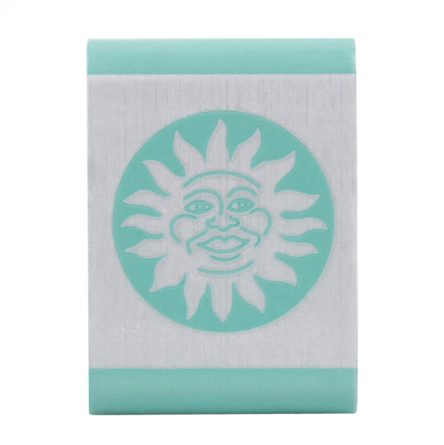
- 1. Anytime during May through August participate in a total of 3 Cub Scout activities.

- 1. Conduct a static electricity investigation.
https://www.youtube.com/watch?v=YZHJcQK4Nig
- 2. Conduct the sink-or-float investigation.
Pick a variety of materials. Ask the Cubs what causes something to float. The key to floating is the object must be less dense than water. It is the entire object’s density that matters. This is why a steel ball will sink, but steel made into the shape of a boat will float.
- 3. Conduct the color-morphing investigation.
https://www.youtube.com/watch?v=TN72mGkMerc
- 4. Conduct the color-layering investigation.
https://www.youtube.com/watch?v=KgZ7JtmOgHI
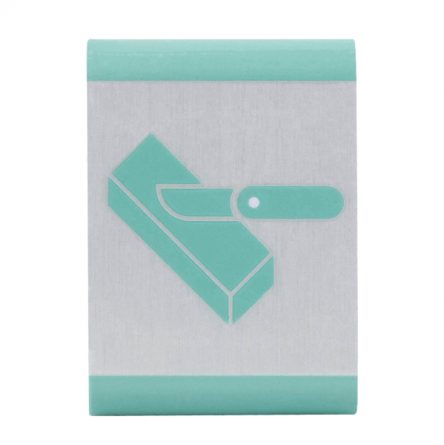
- 1. Read, understand and promise to follow the “Cub Scout Knife Safety Rules.”
Stop– make sure no one else is within arm’s reach by making a knife safety circle
Away– always cut away from your finger or other body parts
Sharp– a sharp, clean knife is a safe knife
Store– knives closed, in a sheath or a knife block
- 2. Demonstrate the knife safety circle.
Hold the closed knife in your hand and outstretch your arm. Make a circle all around your body. No one should be in your circle. If you are too close then move to a place where you have the space that you need.
- 3. Demonstrate that you know how to care for and use your pocketknife safely.
- 4. Make two carvings with a pocketknife.
Basswood is a nice wood for an experienced wood carver, but for young Scouts just starting out try a bar of soap or some balsa wood.
The following Adventures can be earned at District or Council events, as Shoot Sports are not able to be done at Pack and Den events.
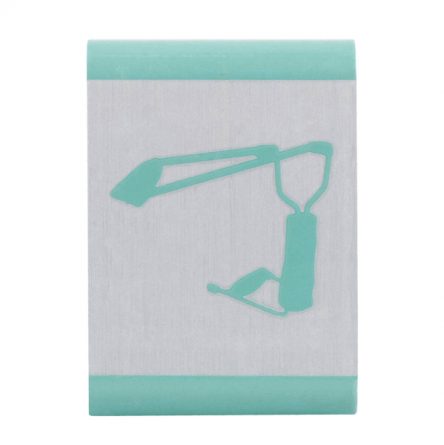
- 1. Identify and wear the appropriate safety gear.
- 2. Recite the safety rules for using a slingshot.
- 3. Demonstrate proper range commands and explain them to an adult or another scout.
- 4. Explore the parts of a slingshot and their usage.
- 5. Discover the types of ammunition that may be used and types that may not be used.
- 6. Discover the types of targets that may be used and types that may not be used.
- 7. Shoot 5 shots at a target. Repeat twice and do your best to improve your score each time. Shoot at least 15 shots.
- 8. Demonstrate how to put away and properly store your slingshot and shooting equipment after
use.
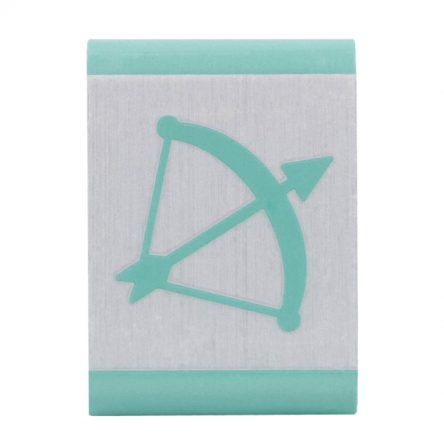
- 1. Identify and wear the appropriate safety gear.
- 2. Demonstrate the archery range safety rules and whistle commands.
- 3. Demonstrate proper range commands.
- 4. Identify the main parts of your shooting equipment and how to properly use them.
- 5. Demonstrate proper stance and shooting techniques.
- 6. Shoot 5 arrows at a target. Repeat twice and do your best to improve your score each time. Shoot at least 15 arrows.
- 7. Demonstrate how to safety retrieve your arrows.
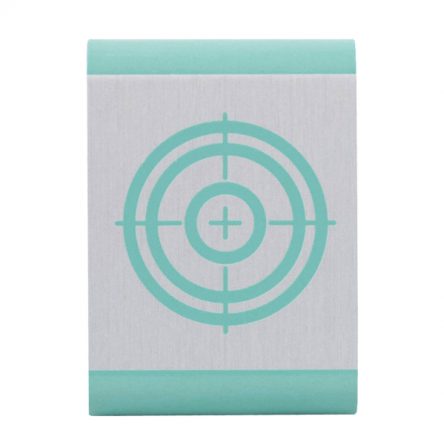
- 1. Identify and wear the appropriate safety gear.
- 2. Recite the four safety reminders.
- 3. Demonstrate proper range commands.
- 4. Show how to use the safety mechanism.
- 5. Demonstrate how to properly load, fire, and secure your BB gun.
- 6. Demonstrate one of the positions for shooting a BB gun.
- 7. Fire 5 BBs at the target and score your target. Repeat twice and do your best to improve your score. Fire at least 15 BBs.
- 8. Demonstrate how to put away and properly store your BB gun and shooting equipment after use.